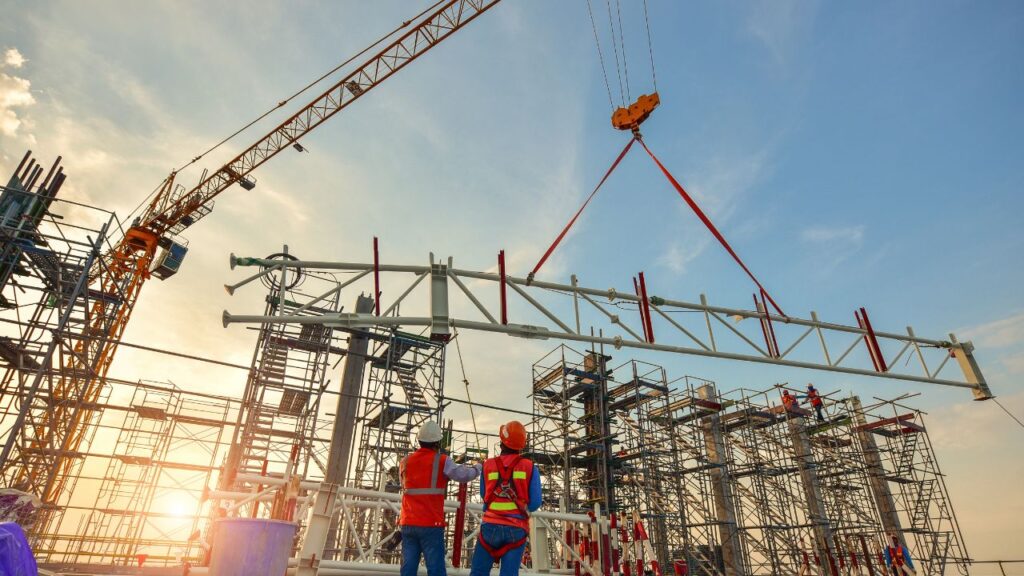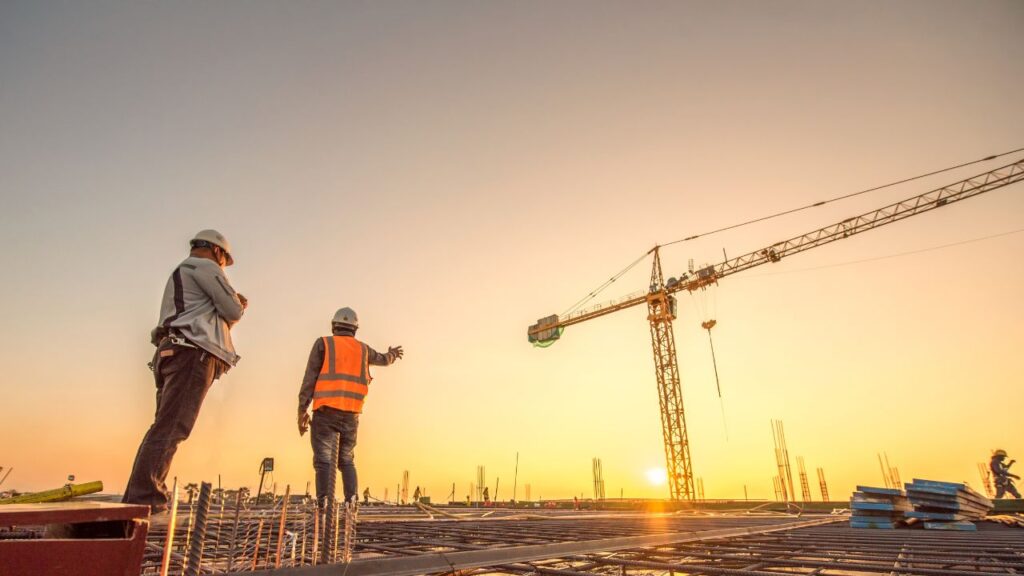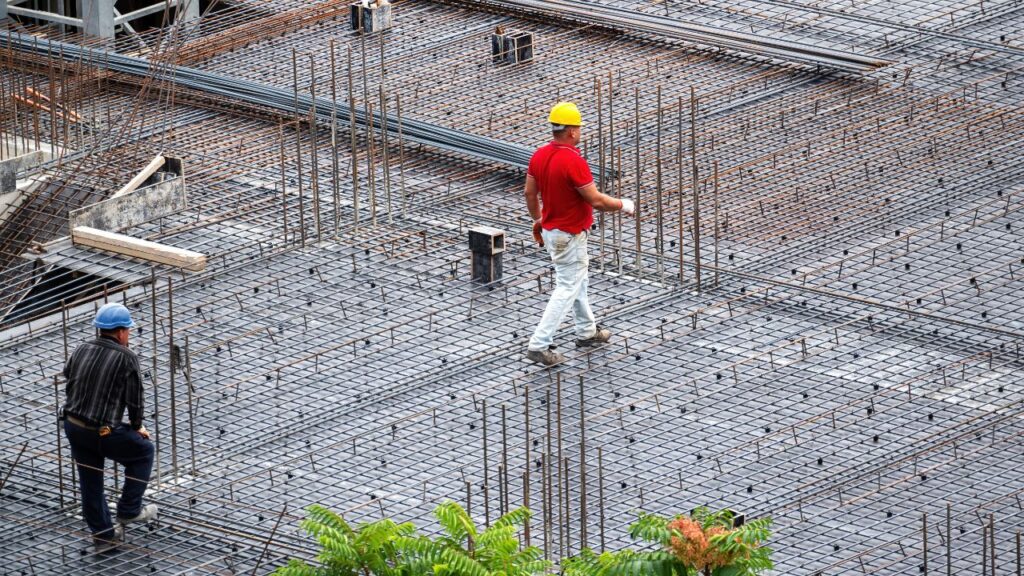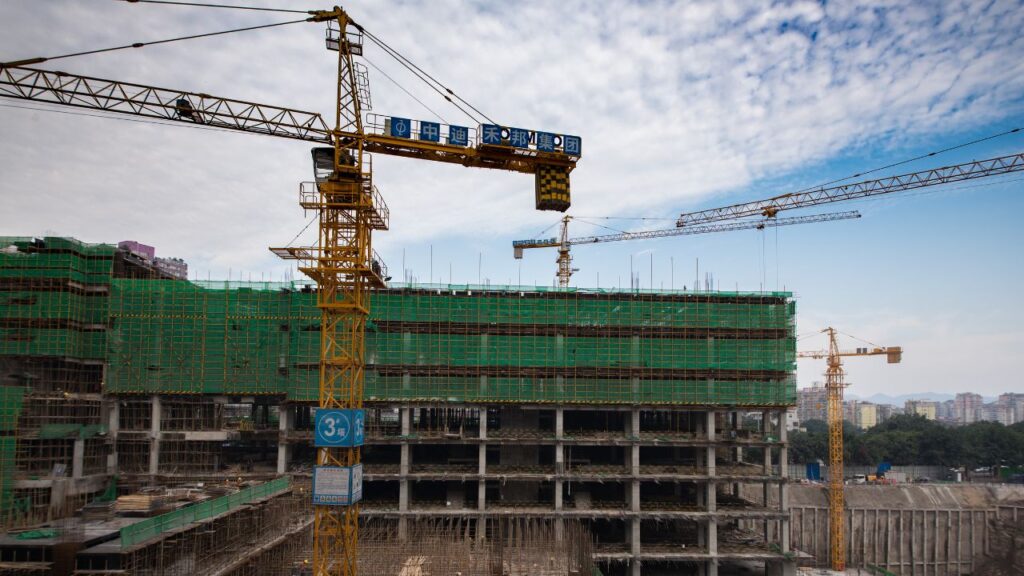A Wining Cost Estimate
That Helps You To Win More Construction Projects

In the realm of commercial construction, accurate cost estimation is a crucial aspect of project planning and execution. Commercial projects involve substantial investments and require meticulous budgeting to ensure profitability and successful completion. Estimating construction costs for commercial ventures involves considering various factors and employing effective methodologies. This article explores the intricacies of estimating expenses for commercial projects, the factors that impact commercial construction costs, and valuable insights for cost optimization.
Accurate cost estimation is vital for the success of any commercial construction project. It provides project stakeholders with essential information for budgeting, securing financing, and making informed decisions. A comprehensive cost estimate allows project owners, developers, and contractors to assess the financial feasibility of a project, allocate resources effectively, and plan for contingencies. It also helps in avoiding cost overruns, ensuring profitability, and maintaining a competitive edge in the market.

Several factors influence commercial construction costs, and understanding them is crucial for accurate estimation. Here are some key factors to consider:
The location of a commercial project plays a significant role in determining construction costs. Factors such as site conditions, availability of utilities, transportation infrastructure, and proximity to suppliers and labor markets can impact costs significantly. Sites with difficult access or requiring extensive groundwork may result in higher expenses.
The size and complexity of a commercial project directly affect construction costs. Larger projects generally involve higher material and labor requirements. Complex designs or architectural features may require specialized skills and materials, increasing costs further.
The choice of construction materials and techniques has a significant impact on costs. High-end or specialty materials can be more expensive, while alternative construction techniques, such as modular construction or prefabrication, can help reduce costs and expedite project timelines.
Labor costs constitute a significant portion of commercial construction expenses. Factors such as labor availability, wage rates, and productivity levels can vary based on location and market conditions. Skilled labor shortages may drive up costs or cause project delays.
Complying with building codes, permits, and regulatory standards adds to the overall cost of commercial construction. Requirements for safety measures, environmental sustainability, accessibility, and energy efficiency can influence material choices and construction methods, impacting costs.

Various methods and techniques can be employed for estimating commercial construction costs. Each method has its strengths and applicability depending on the project’s nature and available information. Here are some commonly used methods:
The square foot method estimates costs based on the total square footage of the project. Average construction costs per square foot for similar projects in the area are used as a reference. This method provides a quick and rough estimate during the initial stages of project development.
The assembly method involves breaking down the project into various components or assemblies, such as walls, floors, and roofs. Each assembly is then estimated individually, considering materials, labor, and overhead costs. The costs of all assemblies are added to derive the total project cost.

The unit cost method determines costs based on the cost per unit of a particular element, such as the cost per door, window, or plumbing fixture. This method relies on historical data or industry benchmarks to establish unit costs and quantities required for the project.
Parametric cost estimating involves establishing relationships between project parameters and cost. Historical data from previous projects is analyzed to develop cost models that consider variables such as project size, complexity, location, and materials. This method provides more accurate estimates based on specific project attributes.
Detailed estimating involves a comprehensive breakdown of the project into individual tasks and activities. Each task is estimated in detail, considering quantities, labor, materials, and equipment requirements. This method provides highly accurate estimates but requires extensive project information and expertise.
To ensure accurate commercial construction cost estimates, several best practices should be followed:
Collecting detailed project information, including architectural plans, engineering specifications, and material requirements, is essential for accurate estimation. Collaborate closely with architects, engineers, and other stakeholders to ensure a thorough understanding of the project scope.
Engage architects and engineers throughout the estimation process to gain valuable insights and ensure alignment between design intent and cost considerations. Their expertise can help identify potential cost-saving opportunities without compromising project quality.
Stay updated with current market conditions and trends, including material costs, labor rates, and economic factors that may impact construction expenses. Analyze market data and consult industry professionals to make informed decisions during cost estimation.
Building contingencies into cost estimates is essential to account for unforeseen events or changes during the project lifecycle. Including a contingency reserve helps mitigate risks and avoids budget shortfalls.
Cost estimates should be regularly updated and refined as the project progresses. Revisit the estimates at key milestones, considering any changes in project scope, market conditions, or design modifications. This ensures accurate budget management and helps identify cost-saving opportunities.
Maximize your construction business’s potential with our competitive financing options

Optimizing commercial construction costs offers several advantages for project stakeholders:
By effectively managing construction costs, project owners and contractors can maximize profitability. Optimizing expenses ensures that the project is financially viable and provides a return on investment.
Accurate cost estimates and cost control measures enable better budget management throughout the project lifecycle. This ensures that funds are allocated efficiently, reducing the risk of budget overruns.

Optimizing construction costs can give companies a competitive edge. Lower costs can lead to more competitive bidding, increased project win rates, and improved market positioning.
By accurately estimating costs and implementing cost control measures, the risk of cost overruns is significantly reduced. This minimizes the need for additional financing or project delays.
Optimizing construction costs allows for efficient resource allocation. By identifying cost-saving opportunities, resources can be allocated to areas that require additional investment or have a higher impact on project success.
Several tools and technologies can aid in accurate and efficient commercial construction cost estimation:
Construction estimating software provides digital tools for creating detailed cost estimates. These platforms allow for accurate quantity takeoffs, material pricing, labor calculations, and cost tracking, streamlining the estimation process.
BIM technology enables the creation of a virtual 3D model that integrates architectural, structural, and MEP (mechanical, electrical, plumbing) components. BIM software can generate material quantity takeoffs and provide valuable data for cost estimation.
3D visualization and virtual reality technologies allow stakeholders to visualize the project before construction begins. This helps in identifying potential cost-saving opportunities and making informed design decisions.
Cloud-based collaboration platforms facilitate real-time collaboration between project team members. They enable efficient communication, document sharing, and data exchange, enhancing the accuracy and efficiency of cost estimation.
Let’s explore three case studies that highlight successful strategies for cost optimization in commercial construction:
Case Study 1: Streamlining Material Procurement
In this case study, a construction company implemented a streamlined material procurement process to optimize costs. They established relationships with reliable suppliers, negotiated bulk discounts, and implemented just-in-time delivery to minimize inventory costs. By centralizing material procurement and standardizing specifications, they achieved significant cost savings without compromising project timelines or quality.

Case Study 2: Utilizing Prefabrication and Modular Construction
In another case study, a commercial construction project utilized prefabrication and modular construction techniques. Prefabricated components were manufactured off-site, reducing labor costs, minimizing material waste, and expediting construction timelines. This approach resulted in considerable cost savings, improved project efficiency, and enhanced quality control.
Case Study 3: Implementing Lean Construction Principles
A construction company adopted lean construction principles to optimize costs. They focused on eliminating waste, improving process efficiency, and enhancing productivity. By implementing lean practices such as just-in-time delivery, continuous improvement, and value engineering, they reduced costs, shortened project schedules, and increased overall project value.

As the construction industry continues to evolve, several trends are shaping the future of cost estimation in commercial projects:
Artificial intelligence (AI) and machine learning (ML) algorithms are increasingly being used to analyze historical project data, identify patterns, and generate accurate cost estimates. These technologies can learn from past projects and provide more precise predictions based on specific project parameters.
Drones and robotics are revolutionizing site surveys and data collection. Drones can quickly capture aerial imagery, 3D models, and topographic data, providing valuable information for cost estimation. Robotic systems can automate repetitive tasks, improving efficiency and reducing labor costs.
The emphasis on sustainability and green building practices is influencing cost estimation. Sustainable materials, energy-efficient designs, and green certifications may initially increase costs but can result in long-term savings through reduced operating expenses and increased asset value.
The use of data analytics and visualization tools is becoming increasingly prevalent in cost estimation. Data-driven decision-making allows project stakeholders to analyze project parameters, historical data, and market trends to make informed cost-related decisions.
Accurate commercial construction cost estimation is vital for successful project planning and execution. Understanding the factors that impact construction costs, employing effective estimation methods, and optimizing expenses contribute to project profitability and competitiveness. By adopting best practices, leveraging tools and technologies, and staying abreast of industry trends, project stakeholders can unlock the potential of their commercial ventures.
The average cost per square foot for commercial construction varies widely depending on factors such as location, project complexity, and building type. It can range from $100 to $500 or more per square foot.
Labor costs can be reduced by optimizing labor productivity, utilizing prefabrication and modular construction techniques, and implementing lean construction principles. Efficient project planning, effective scheduling, and skillful resource management also contribute to reducing labor expenses.
While there are no universal industry standards, various organizations, such as the Construction Specifications Institute (CSI) and the American Society of Professional Estimators (ASPE), provide guidelines and best practices for commercial construction cost estimation.
Project management plays a critical role in controlling construction costs. Effective project managers oversee cost estimation, budgeting, and cost control measures. They monitor project progress, identify potential cost overruns, and implement corrective actions to ensure projects stay within budget.
Cost estimation software complements human expertise and enhances efficiency. While software tools provide accurate calculations and streamline processes, human expertise is still necessary to interpret data, consider project-specific factors, and make informed decisions. Human judgment and experience remain invaluable in cost estimation.
Here I am going to share some steps to get your construction cost estimate report.
You can send us your plan on info@estimatorflorida.com
Before starting your project, we send you a quote for your service. That quote will have detailed information about your project. Here you will get information about the size, difficulty, complexity and bid date when determining pricing.
We do construction cost estimating and prepare a detailed report for your project. At last you finalize the report and finish the project.
561-530-2845
info@estimatorflorida.com
Address
5245 Wiles Rd Apt 3-102 St. Pete Beach, FL 33073 United States
561-530-2845
info@estimatorflorida.com
Address
5245 Wiles Rd Apt 3-102 St. Pete Beach, FL 33073 United States
All copyright © Reserved | Designed By V Marketing Media | Disclaimer
IMPORTANT: Make sure the email and cell phone number you enter are correct. We will email and text you a link to get started.
By clicking “I Agree” above you give Estimate Florida Consultin express written consent to deliver or cause to be delivered calls and messages to you by email, telephone, pre-recorded message, autodialer, and text. Message and data rates may apply. You are able to opt-out at any time. You can text STOP to cancel future text messages.